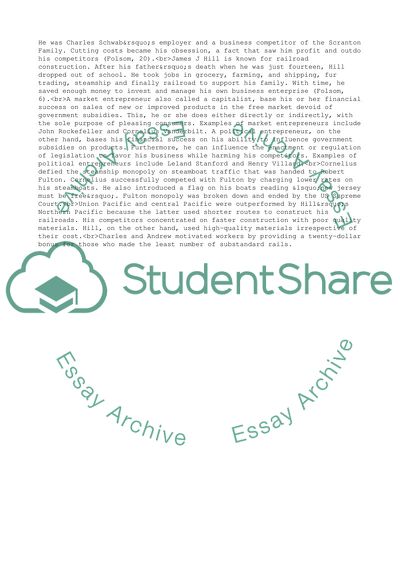Cite this document
(Myth of the Robber Barons Book Report/Review Example | Topics and Well Written Essays - 2250 words, n.d.)
Myth of the Robber Barons Book Report/Review Example | Topics and Well Written Essays - 2250 words. Retrieved from https://studentshare.org/business/1809602-book-questions
Myth of the Robber Barons Book Report/Review Example | Topics and Well Written Essays - 2250 words. Retrieved from https://studentshare.org/business/1809602-book-questions
(Myth of the Robber Barons Book Report/Review Example | Topics and Well Written Essays - 2250 Words)
Myth of the Robber Barons Book Report/Review Example | Topics and Well Written Essays - 2250 Words. https://studentshare.org/business/1809602-book-questions.
Myth of the Robber Barons Book Report/Review Example | Topics and Well Written Essays - 2250 Words. https://studentshare.org/business/1809602-book-questions.
“Myth of the Robber Barons Book Report/Review Example | Topics and Well Written Essays - 2250 Words”, n.d. https://studentshare.org/business/1809602-book-questions.


